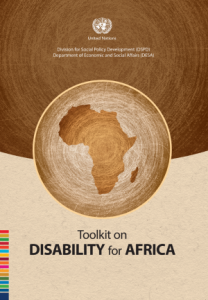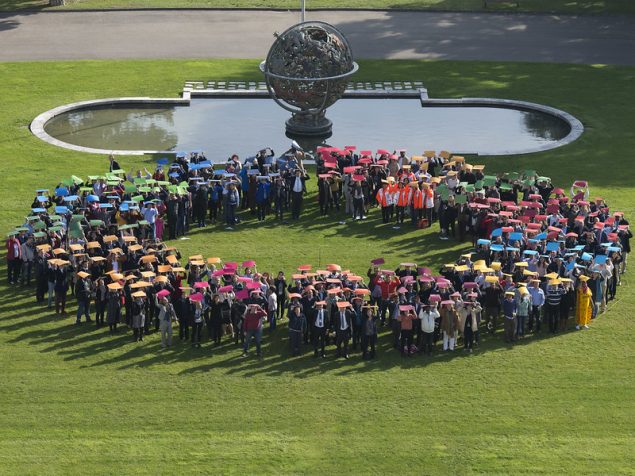- Main page: Handbook for Parliamentarians
- Habilitation and rehabilitation
- Accessibility
- Education
- The Cost of inclusive education
- Work and employment
- Legal capacity and supported decision-making
Legislation alone will not ensure that persons with disabilities can enjoy their human rights. States will need to formulate effective policies and programmes that will transform the provisions of the Convention into practices that will have a real impact on the lives of persons with disabilities.
For persons with disabilities, as for all persons, the denial of one right can lead to the denial of other rights and opportunities throughout their lives. To illustrate this point, five provisions of the Convention are highlighted below. The relationship between habilitation and rehabilitation (article 26), accessibility (article 9), education (article 24), work (article 27) and legal capacity (article 12) is clearly demonstrated. This is not to suggest, however, that these five areas should be prioritized over the other provisions of the Convention. On the contrary, since rights are interrelated, States should strive to implement separate provisions of the Convention concurrently.
HABILITATION AND REHABILITATION
How does a child, born blind, learn to live as an active member of society? How does a young man who sustains severe spinal injuries in an accident and loses the ability to walk adapt to his new circumstances? How does a mother who lost her legs to a landmine continue to work and manage her family?
Habilitation and rehabilitation (article 26) are the crucial first steps to ensuring that persons with disabilities are able to lead independent lives (article 19), are mobile in society (article 20) and are able to reach their full potential. Through these processes, persons with disabilities acquire and develop skills that will enable them to work and earn an income, make sound decisions, contribute to society and exercise all the other rights detailed in the Convention.
Habilitation involves learning skills that will enable a person to function in society. These kinds of programmes usually target children born with disabilities. Rehabilitation means restoring capacity and ability. This generally applies to an adult who has to readapt to society after acquiring a disability.
Habilitation and rehabilitation are usually time-limited processes that are tailored to the individual. They involve setting goals to be achieved with the coordinated support of professionals and possibly the participation of family members and close friends. Habilitation and rehabilitation may include medical, psychological, social and vocational support. Without benefit of these interventions, persons with disabilities will probably not be able to realize the rights to accessibility, education and work.
COMMUNITY-BASED REHABILITATION
Community-based rehabilitation (CBR) is an approach practised in more than 90 countries around the world. It is part of the general community-development strategy intended to reduce poverty, equalize opportunities and involve individuals with disabilities in society. Since communities differ in socio-economic conditions, terrain, cultures and political systems, there cannot be one model of CBR that is applicable throughout the world. CBR is thus a flexible, dynamic and adaptable strategy that includes access to health care, education and vocational training, income-generating projects, and community participation and inclusion.
CBR works with and around communities. It is implemented through the combined efforts of persons with disabilities, their families, organizations and communities, and the relevant government and non-governmental organizations (NGOs) working in the development sector. Since it is a community action that ensures that persons with disabilities have the same rights and opportunities as other community members, CBR is increasingly considered as an essential component of community development.
WHO, ILO, UNESCO, international NGOs with extensive experience in disability and development, and organizations of persons with disabilities are developing guidelines on how CBR can help persons with disabilities realize their rights and promote respect for their inherent dignity.




